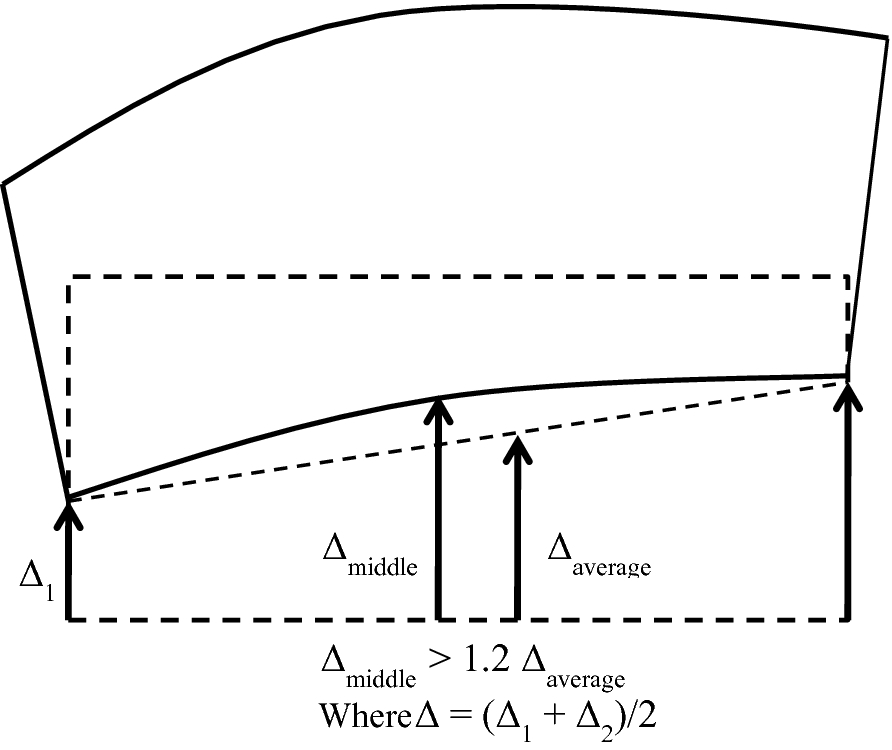Floor Diaphragm Action In Earthquake

The floor diaphragm is also critical to ensure that the overall seismic performance of the structure is acceptable.
Floor diaphragm action in earthquake. The inner braced core and the outer tube are normally connected through the floor diaphragm. This paper confirms that the seismic design of a diaphragm is intimately linked to the seismic design of the whole building. The diaphragm of a structure often does double duty as the floor system or roof system in a building or the deck of a bridge which simultaneously supports gravity loads. Floor accelerations are needed to evaluate in plane diaphragm forces in earthquake resistant design of buildings and for the design of their connections.
In certain occasions they are connected through outriggers. Proper performance of floor diaphragms is required to transfer all lateral loads to the vertical systems that resist them but design for earthquake loads can be more complex than design for wind loads. The most common lateral loads to be resisted are those resulting from wind and earthquake actions but other lateral loads such as lateral earth pressure or hydrostatic pressure can also be resisted by diaphragm action. Poor diaphragm capacity may result in.
However it has been shown that primary. Diaphragm action ensures that inertial loads are transferred to the seismic resisting elements to create a complete load path for earthquake generated loads.















